Welcome, fellow adventurers!
Are you curious to discover which industries form the backbone of Montana’s economic powerhouse?
Buckle up for a thrilling exploration as we uncover the state’s largest and most profitable sectors.
From sugar beets to real estate, and food products to beef cattle, Montana’s industries are as diverse as its breathtaking landscapes.
But it’s not just about statistics and numbers.
Whether you’re a local seeking to better comprehend the industries shaping your community or an adventurous soul yearning to grasp the essence of Montana’s economic allure, this article is tailor-made for you.
- Related article: Montana’s Economic Summary
Join me as we set out to navigate this captivating economic landscape, ready to unravel its abundant wonders and grasp its immense potential to shape the future.
Montana’s Key Industries
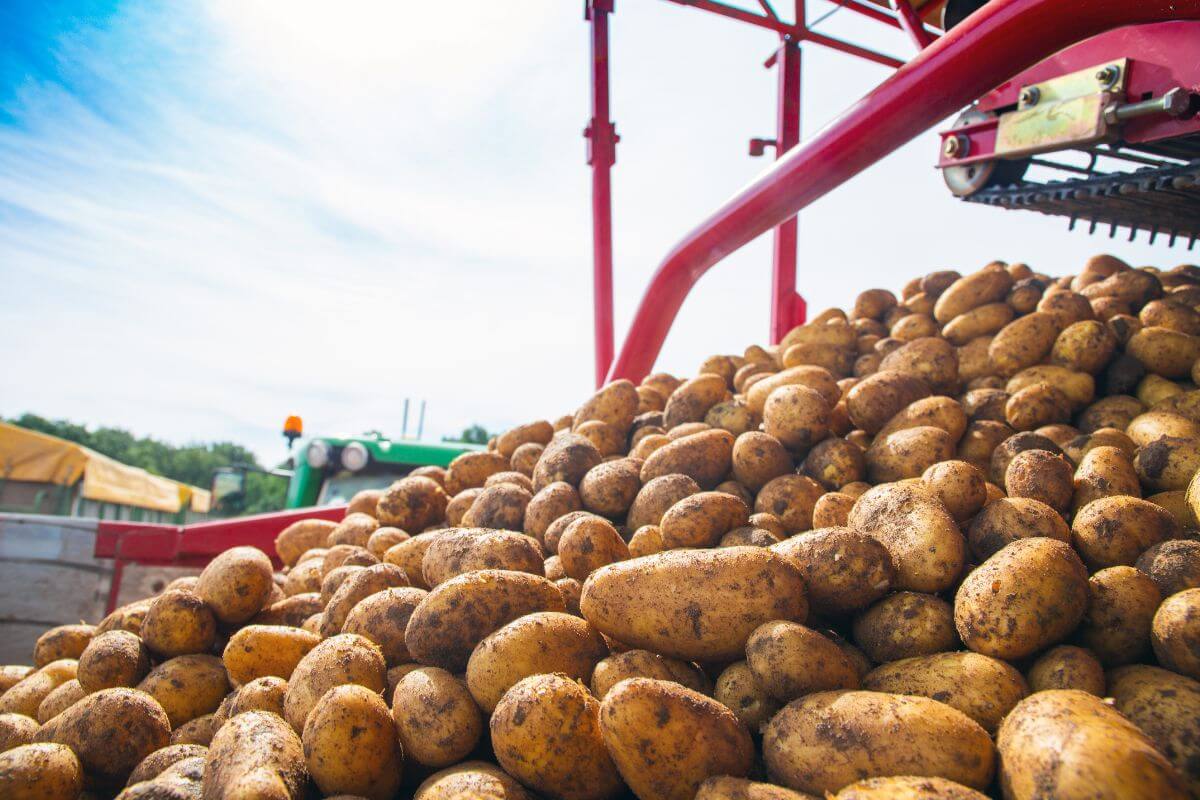
Montana’s economy is fueled by a diverse mix of industries, each playing a vital role in driving the state’s economic growth.
In 2022, Montana experienced robust economic growth, resulting in a staggering $1.7 billion revenue surplus at mid-year. This remarkable upswing was particularly evident in industries related to housing, visitor spending, and technology services.
Despite the overall strong economic performance, uncertainty looms, as both global and national economies face fragility and the potential for recession.
Montana’s industries are not just engines of economic prosperity; they are a reflection of the state’s rich natural resources and resilient communities.
Montana Agriculture and Forestry
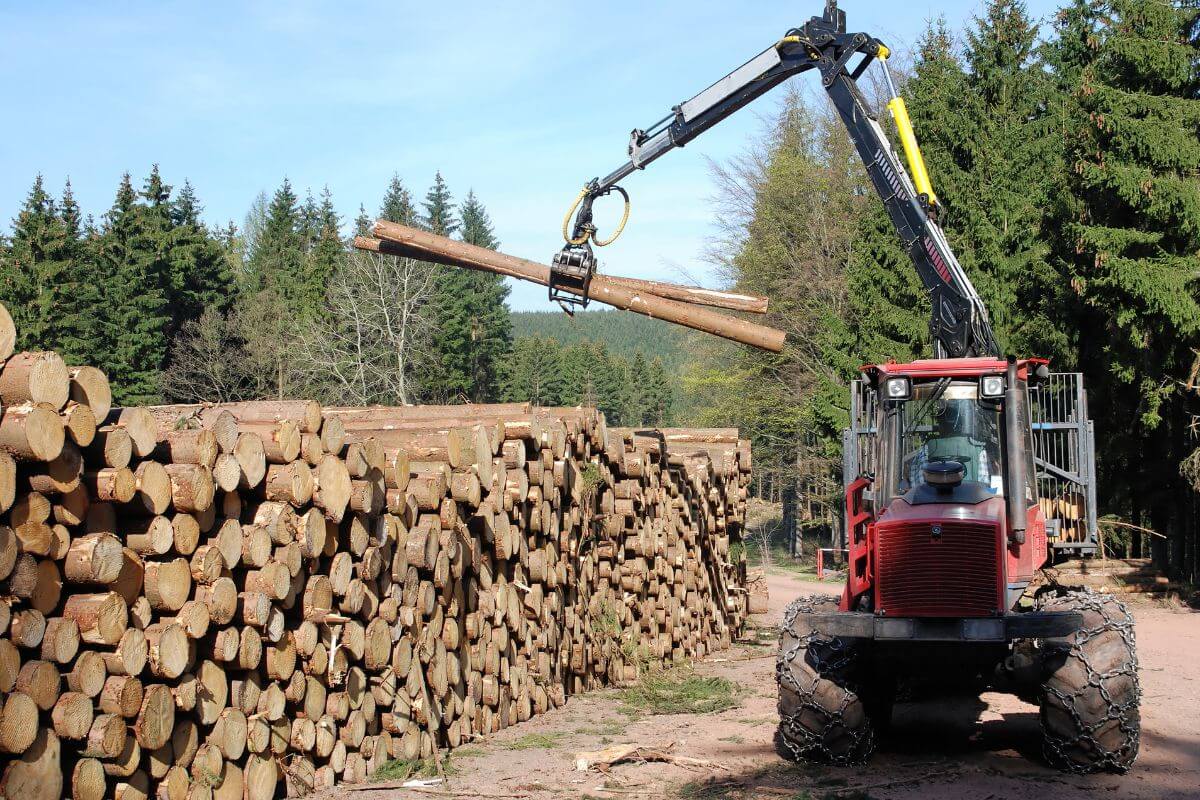
Montana’s agriculture industry is as vast and diverse as the sprawling landscapes that stretch across the state.
With 93 million acres of land, 62% of which is dedicated to agricultural production, it’s no wonder that agriculture plays a vital role in Montana’s economy.
The agricultural production value in Montana exceeds $4.0 billion, demonstrating the significant contribution it makes to the state’s economy.
| Aspect | Montana Agriculture and Forestry |
|---|---|
| Diverse Outputs | Produces beef cattle, wheat, barley, sugar beets, potatoes, and fruits |
| 2022 Challenges | Faced uncertainties, market volatility, drought impact, and reduced cattle inventory |
| Price Trends | Modest price rises for winter wheat, barley, dry peas |
| Global Beef Exports | Strong growth in U.S. beef exports, particularly to China |
| Timber Industry | Log and lumber prices steady, forecasted demand cooling |
However, it hasn’t been smooth sailing for Montana’s farmers and ranchers in 2022. Uncertainty and volatile agricultural markets have presented challenges.
Despite this, modest price increases for winter wheat, barley, and dry peas have helped offset lower production, allowing the industry to weather the storm.
Montana’s agricultural scene is not just an industry. It’s a testament to the state’s enduring spirit and its unwavering commitment to harnessing the power of the land.
Montana’s agricultural and forestry sectors are intertwined, creating a harmonious dance between nature’s bounty and the ingenuity of its people.
Montana Mining
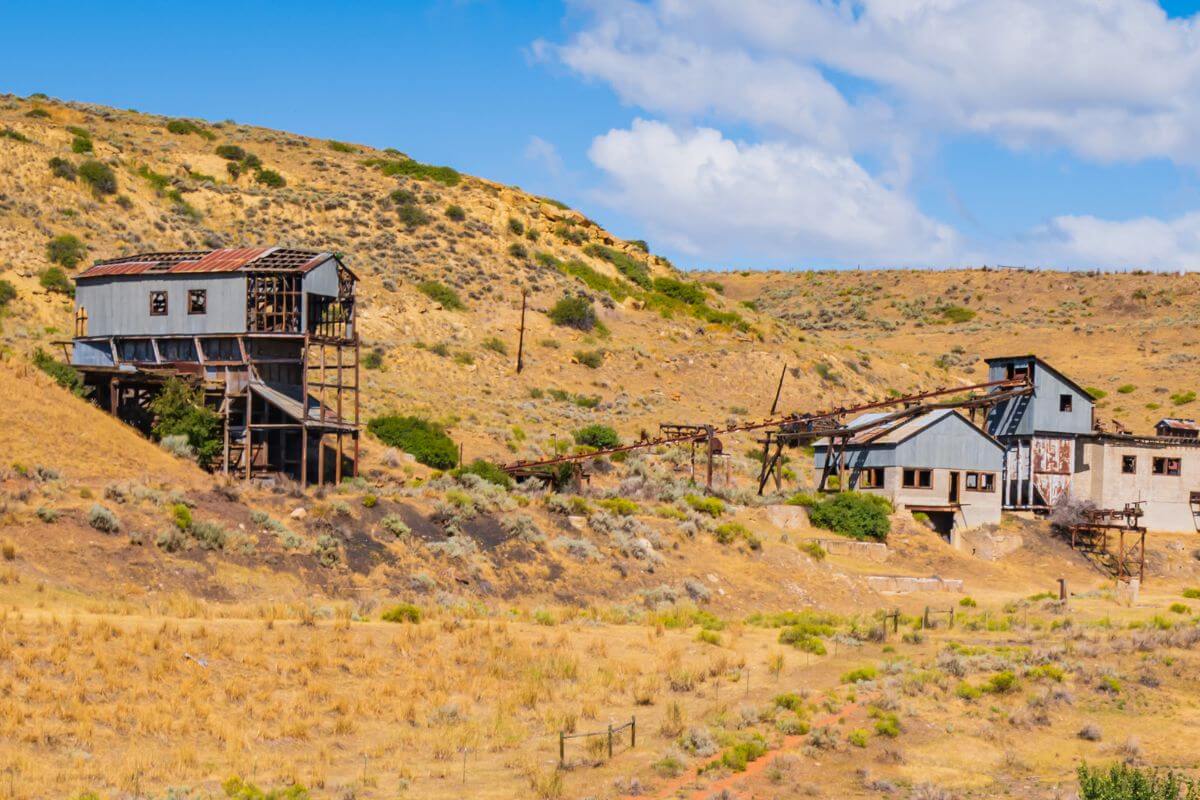
When it comes to Montana’s economy, natural resources play a crucial role in driving annual growth and prosperity.
This vast and diverse state is known for its abundance of valuable minerals and resources, making it a significant player in the mining industry.
- Palladium and Platinum – Montana stands out as the exclusive U.S. producer of palladium and platinum. These sought-after metals are vital in industries like automotive, electronics, and jewelry.
- Talc Production and Essential Minerals – Montana excels in talc production and serves as a major producer of crucial minerals such as copper, molybdenum, garnets, and silver.
- Wide Range of Mined Products – Montana’s mining sector encompasses a variety of resources such as coal, petroleum, gold, lead, and gemstones
Montana’s contributions in this area are not only significant on a national scale but also a testament to the state’s rich mineral wealth.
From the glimmer of precious metals to the robustness of industrial minerals, Montana’s mining industry is as diverse as it is lucrative.
In fact, mining ranked 11th in Montana’s GDP ranking in 2018, underlining its substantial contribution to the state’s overall economic output.
Moreover, when it comes to wages, the mining industry takes the crown with the highest average annual wage in Montana, surpassing other sectors like financial activities and construction.
Montana’s mining industry is a powerhouse, fueling economic growth and providing a stable source of employment for its residents.
Montana Energy

Montana Energy plays a vital role in the state’s economy, driving growth and providing a significant boost to various industries.
In 2021 alone, Montana Gas & Oil experienced a remarkable increase of 93%, amounting to a staggering $628.23 million surge compared to the previous year.
Montana’s energy economy is influenced by advancements in technology, evolving markets, and public policy developments.
These factors shape the trajectory of the industry and drive its impact on the state’s overall economic landscape.
Although a sharp rise in the price of refined petroleum products had an adverse effect on Montana consumers, it did not result in significant activity within the oil-producing regions of the state.
However, Montana’s coal production exhibited a mild rebound, showcasing stability despite declining levels.
The economic impact of the energy industry reaches far and wide, contributing to the prosperity of Montana as a whole.
Alongside the notable growth in gas and oil production, other sectors such as mining, lumber, and food processing also benefit from access to abundant and diverse energy sources.
These industries, supported by the backbone of Montana’s energy production, continue to drive the state’s overall economic growth.
With its dynamic industry trends, major players, and substantial economic impact, Montana Energy remains a vital pillar of the state’s economy, powering the various sectors that contribute to its vibrant growth.
Montana Tourism and Recreation
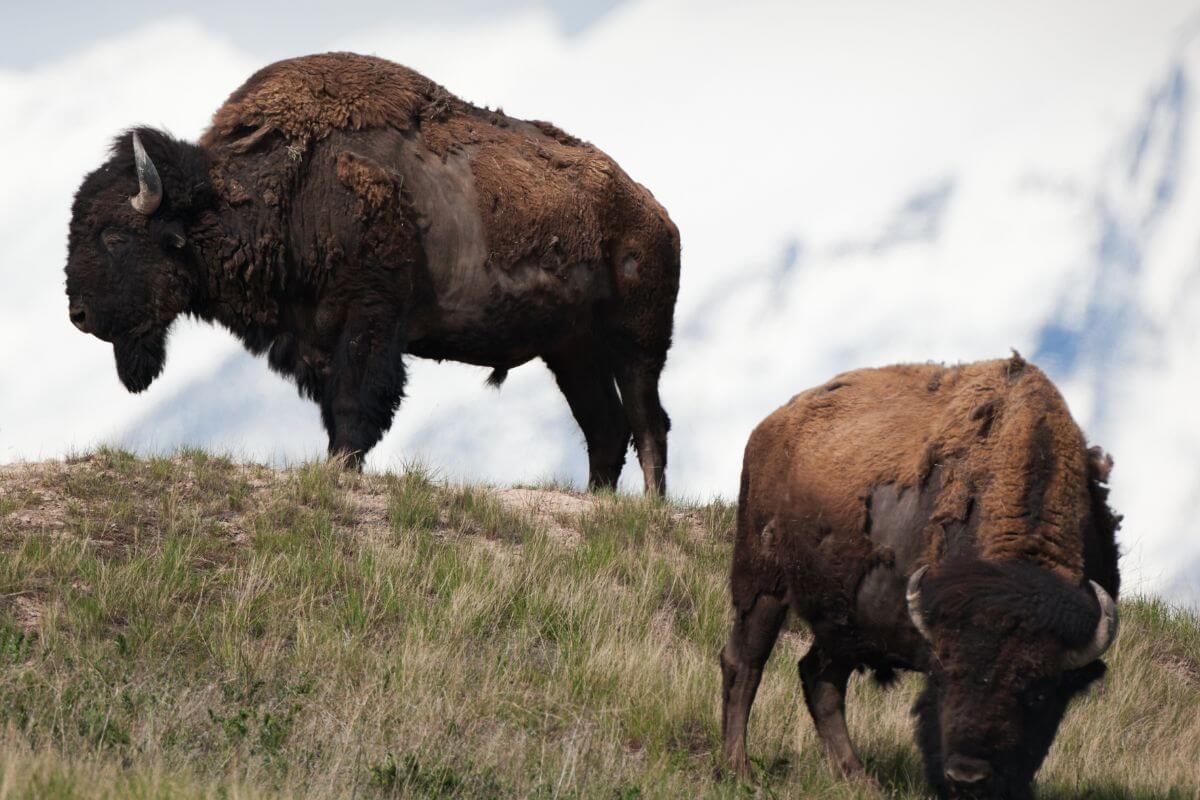
Montana’s tourism and recreation industry has seen its fair share of ups and downs, with recent years showcasing a mix of challenges and growth.
In 2022, visits slightly dipped from the previous year’s surge. Yet, this decline doesn’t overshadow overall industry growth.
Popular spots like Glacier and Yellowstone Parks faced challenges with crowding, straining infrastructure, and raising climate change concerns for future preservation.
However, the in-migration of new residents brought economic advantages. Montana’s attractiveness as a place to live and work boosted the workforce and state economy.
Montana’s natural wonders draw global visitors – from rugged Glacier Park to Yellowstone’s geothermal marvels (partly in Montana).
Other attractions include:
- National Bison Range
- Makoshika State Park
- Lewis and Clark Caverns State Park
- Flathead Lake State Park
- Giant Springs State Park
- Bannack State Park
- Lake Mary Ronan State Park
Outdoor activities are also diverse ranging from fishing, hunting, hiking, skiing, and river rafting, fueling tourism, local business, jobs, and tax revenue.
According to the Institute for Tourism and Recreation Research (ITRR), 2020 estimates show that 11.13 million travelers came to Montana during the year, representing a 12% decrease compared to 2019.
It is worth noting that the third quarter (July-September) accounted for half of those travelers, with 5.6 million visitors making their way to the state during that time.
While facing challenges like overcrowding and climate change, Montana’s tourism remains promising. National parks and outdoor experiences, alongside local economic benefits, shape a bright future.
Montana Healthcare

Did you know that Montana’s healthcare sector is booming? With a massive 68,000 employees, it’s a steady source of jobs even during tough times.
This growth isn’t just good for job security – it’s a big boost to Montana’s overall economy.
The healthcare landscape in Montana has been reshaped by the adoption of telehealth and technology.
Telehealth has changed the game, making quality care available from a distance. This is a game-changer, especially for folks in remote areas.
Montana’s aging population is also a big factor. As we get older, we need more healthcare. This means more opportunities for growth in the industry.
Hospitals, clinics, and home healthcare are busier than ever, creating jobs and driving the economy forward.
When it comes to personal income, the healthcare and social assistance sector, along with the government, take the lead.
- Read more about the Average Income in Montana
These two industries fuel the financial well-being of Montanans, ensuring that they have the means to support their families and contribute to the local economy.
As the healthcare industry continues to evolve and meet the changing needs of our population, it will play a vital role in sustaining the state’s economic prosperity.
Montana Manufacturing
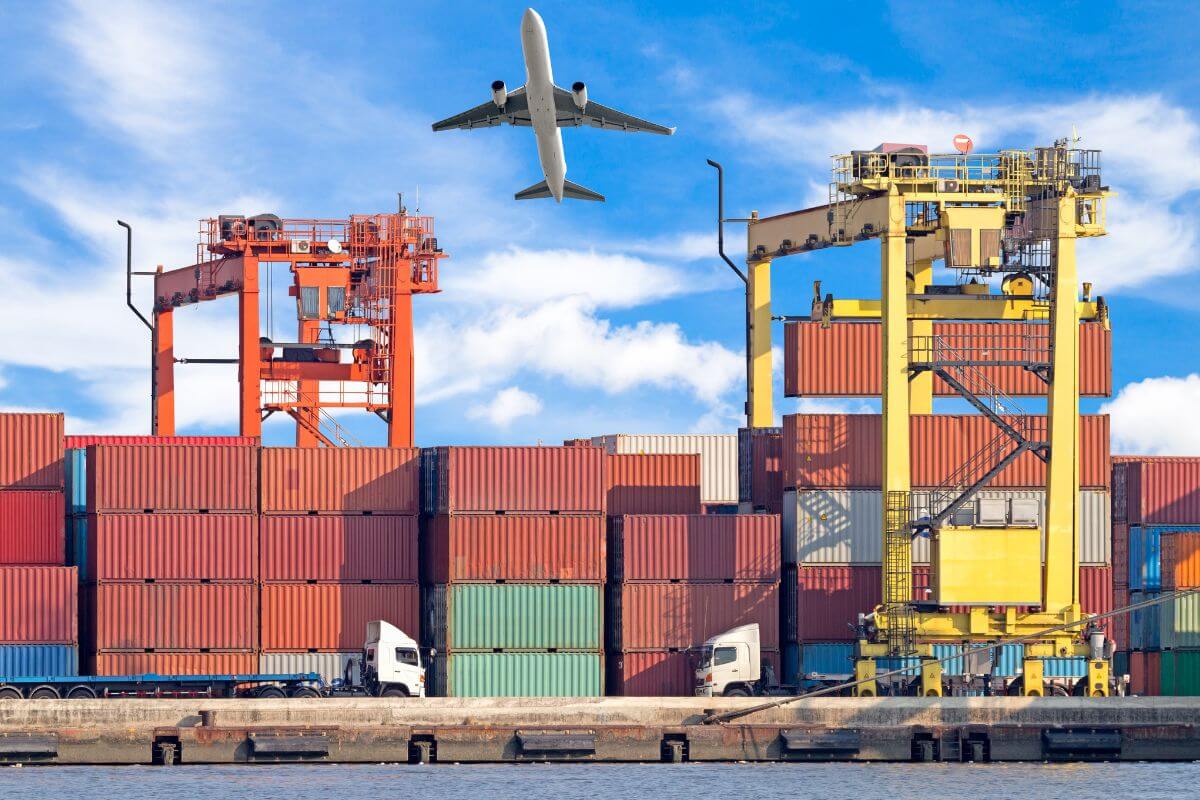
With over 4,100 manufacturing firms, including sole proprietors, operating within its borders, Montana has established itself as a force to be reckoned with in the manufacturing sector.
Major sectors such as fabricated metal products, food products, and alcoholic beverages are driving the state’s manufacturing prowess.
In fact, manufacturing accounts for more than 20% of Montana’s economic base, making it a significant player in the state’s economic landscape.
Not only does it contribute to the financial well-being of the state, but it also provides stable job opportunities. Manufacturing jobs in Montana pay an average of $57,000 in earnings, surpassing the state average of just under $51,000.
Employing 4.3% of Montana’s nonfarm workforce, with approximately 21,400 employees, the manufacturing industry holds its ground as a vital pillar of the state’s employment sector.
And guess what? Montana’s manufacturing is on the rise. In 2021, it outpaced the nation in growth for jobs and output, showing its strength.
Despite the challenges posed by the COVID-19 pandemic, Montana’s manufacturing sector emerged with strength and diversity. Both nondurable and durable goods manufacturing experienced growth, reflecting the adaptability and innovation present within the state’s manufacturing industry.
By expanding beyond traditional industries, Montana has created opportunities for manufacturing to thrive in various sectors.
This diversification has not only bolstered the state’s economy but also paved the way for new and exciting products to be manufactured within its borders.
Montana Real Estate And Construction
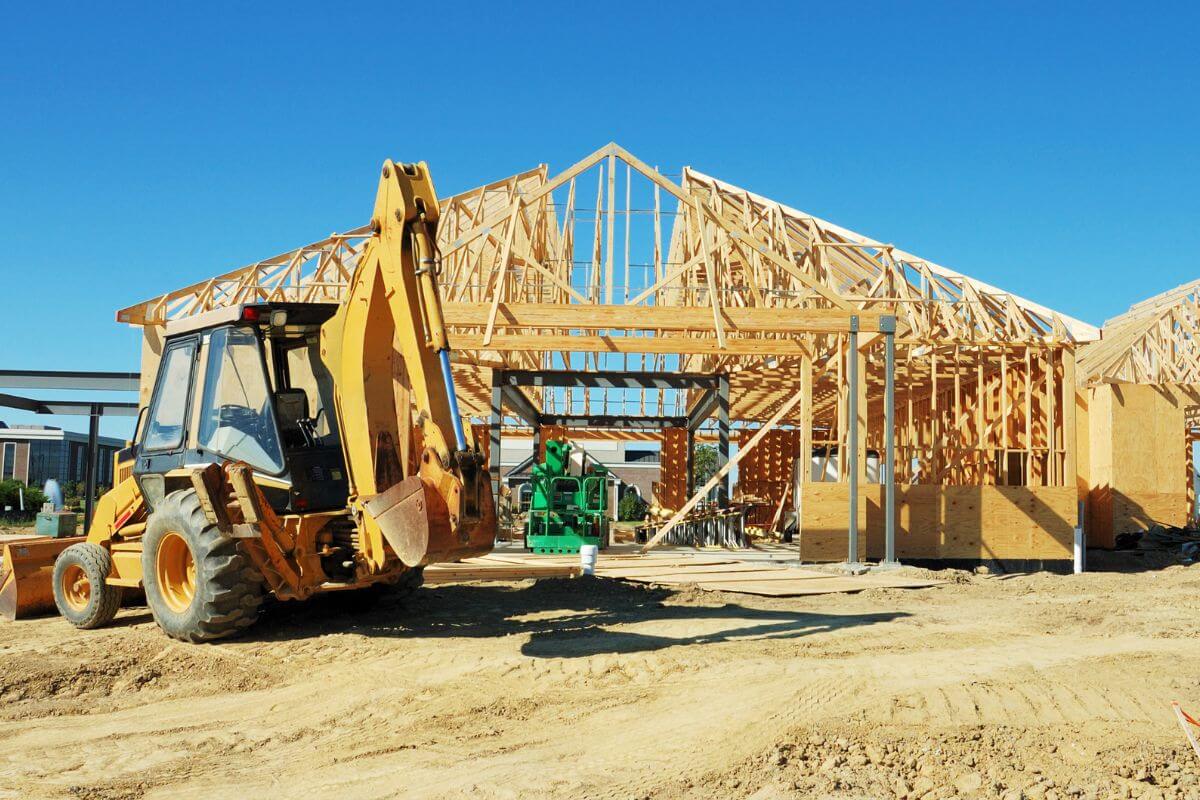
Montana’s real estate and construction industry has hit a bit of a rough patch in 2022.
After experiencing a housing boom in previous years, the red-hot real estate market has cooled off due to various factors, including rising mortgage rates nationally.
This cooling trend is reflected in the decrease in net migration to Montana, with the number of migrants dropping from 21,083 to 17,804.
One indicator of this shift in the market is the increased number of active home listings in the Mountain West region, including Montana.
This increase suggests that the market is becoming more balanced, with a higher supply of homes available for potential buyers.
However, despite this shift, Montana continues to grapple with a housing shortage.
Montana’s ongoing struggle with a housing shortage is compounded by its relatively high residential property prices.
The ratio of population to housing units has been on the rise over the past decade, indicating that the housing supply is struggling to keep up with the state’s population growth. This shortage poses challenges for both buyers and developers.
Nevertheless, the construction industry in Montana remains active, with several major construction projects underway.
However, there is also a sense of restraint in the industry due to factors such as government policies and market conditions.
As the market adjusts and new opportunities arise, developers and industry professionals will continue to navigate the landscape and contribute to the growth and vitality of Montana’s real estate industry.
Montana Technology and Innovation

Montana’s economy is evolving, and one sector that continues to grow despite housing and workforce shortages is the technology and innovation industry.
This thriving sector has become increasingly significant in driving economic growth and job creation throughout the state.
In 2022, Montana’s tech businesses achieved remarkable milestones by securing substantial venture capital funding. Companies like onX, Bridger Photonics, and Submittable have successfully attracted investments to fuel their expansion plans.
Moreover, major tech firms like Cognizant ATG and Hyundai recognized the potential in Montana and made capital investments in the state, signaling confidence in its tech industry.
However, Montana’s tech companies face challenges in accessing skilled talent.
In response, efforts are being made to address this issue. Initiatives such as Aim Higher and the Tech Careers Rapid Training Hub aim to provide specialized training for different roles within the tech industry.
Additionally, the Last Mile program was introduced to provide incarcerated individuals with business technology training, creating new talent pipelines for the sector’s growth.
The role of technology and innovation in Montana’s economy cannot be overstated.
It not only fosters economic growth but also generates job opportunities, particularly in high-tech manufacturing and software development.
As this sector continues to thrive, Montana is establishing itself as a hub for tech-driven innovation and entrepreneurship, attracting both investments and skilled professionals to fuel its ongoing success.
Key Industries of Montana’s Economy Final Thoughts
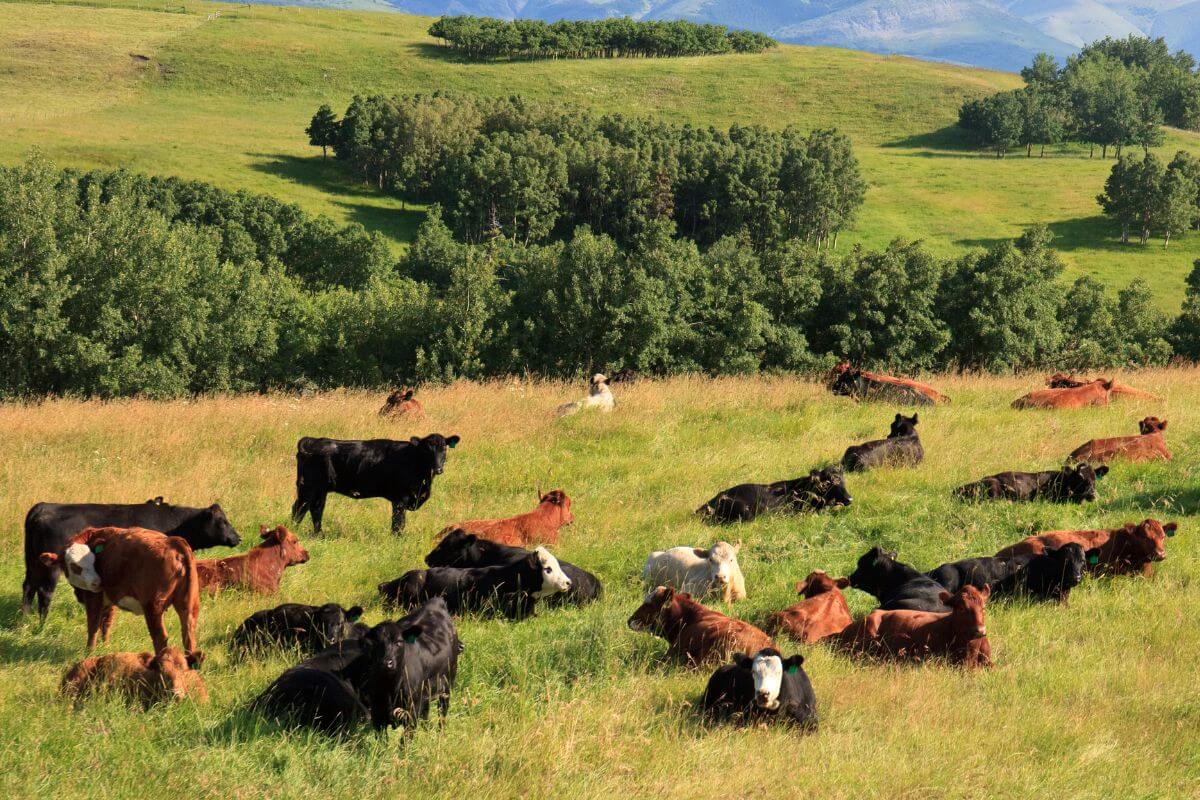
It’s clear that the key industries of Montana’s economy hold tremendous promise and potential for growth.
These diverse industry sectors contribute significantly to Montana’s economic growth by generating employment opportunities and boosting the state’s financial prosperity.
With a focus on industries such as healthcare, timber, mining, and agriculture, Montana has established a strong foundation for sustainable economic development.
From tech companies securing venture capital funding to major firms recognizing the state’s potential, the economic significance of Montana’s industry sectors cannot be underestimated.
These industries not only drive economic growth but also provide employment opportunities for the population.
The state’s gradual growth in sales and population, coupled with favorable annual employment growth rates, further emphasizes the positive impact of these key industries.
Montana’s trailing 5-year GDP growth and disposable income indicators reflect the increasing prosperity of its households.
Whether it’s exploring picturesque landscapes or engaging with a diverse range of services and businesses, the state’s economy presents a wealth of possibilities.
So, come and embrace the beauty and economic vibrancy that Montana’s key industries have to offer.
Immerse yourself in this land of opportunity and discover the untamed spirit that defines its largest industries.
Key Industries of Montana’s Economy FAQs
1. What Are the Biggest Industries in Montana?
When it comes to Montana’s economy, it’s hard to miss the powerhouse industries that drive its growth.
From agriculture, mining, and tourism, Montana boasts a diverse and thriving economic landscape.
These sectors not only generate substantial revenue for the state but also provide employment opportunities and contribute to its overall prosperity.
2. What Is Montana’s Gross Domestic Product (GDP)?
In 2022, Montana’s real gross domestic product (GDP) amounted to a significant 49.75 billion U.S. dollars.
This value represents the total economic output of the state, encompassing the value of all goods and services produced within its borders.
Montana’s GDP is a crucial indicator of its economic strength and growth, reflecting the diverse range of industries and sectors that contribute to its prosperity.
3. What Goods Are Manufactured in Montana?
In Montana, the manufacturing industry encompasses a wide range of goods produced.
From fabricated metal products to food products and even alcoholic beverages, the state boasts an impressive array of manufacturing capabilities.
These goods not only enhance Montana’s GDP but also create employment opportunities for its residents, fueling economic growth and stability.
Explore Montana further by giving these other articles a read:
- Montana’s Tourism Income
- Montana’s Riches
- Montana’s Leading Products
- Wheat Growers in Montana
- Leading Montana Brands
- https://lmi.mt.gov/_docs/Publications/EAG-Articles/1219-MTsIndustries.pdf
- http://www.bber.umt.edu/pubs/Seminars/2023/EconRpt2023.pdf
- https://www.montana.edu/mmec/documents/reports/2022%20Montana%20Manufacturing%20Report%20full.pdf
- https://lmi.mt.gov/_docs/Publications/LMI-Pubs/Labor-Market-Publications/LDR20221.pdf
- https://mslservices.mt.gov/legislative_snapshot/Economy/Default.aspx
- https://lmi.mt.gov/_docs/Publications/EAG-Articles/EAG-0523_Final.pdf

